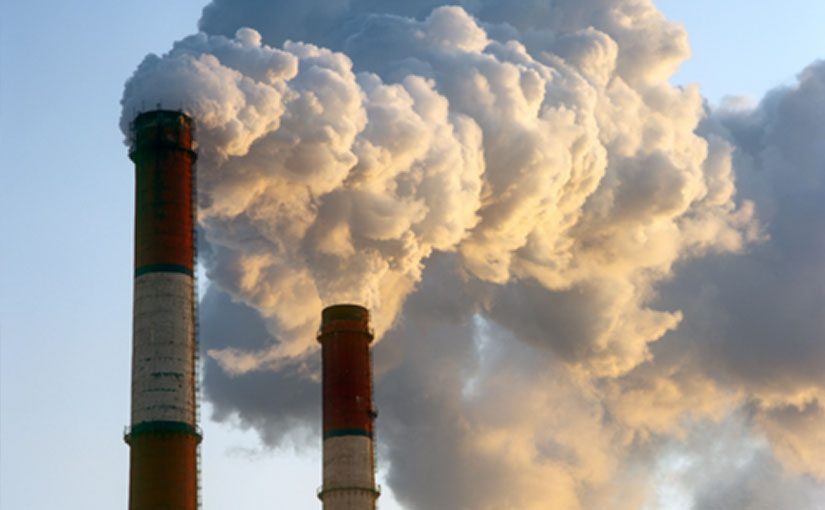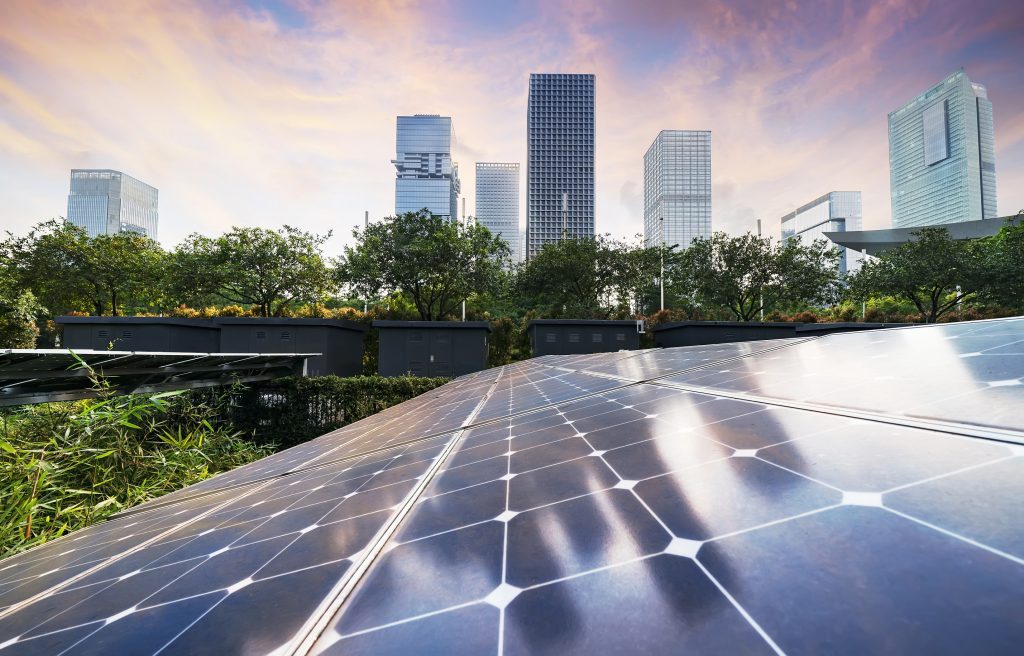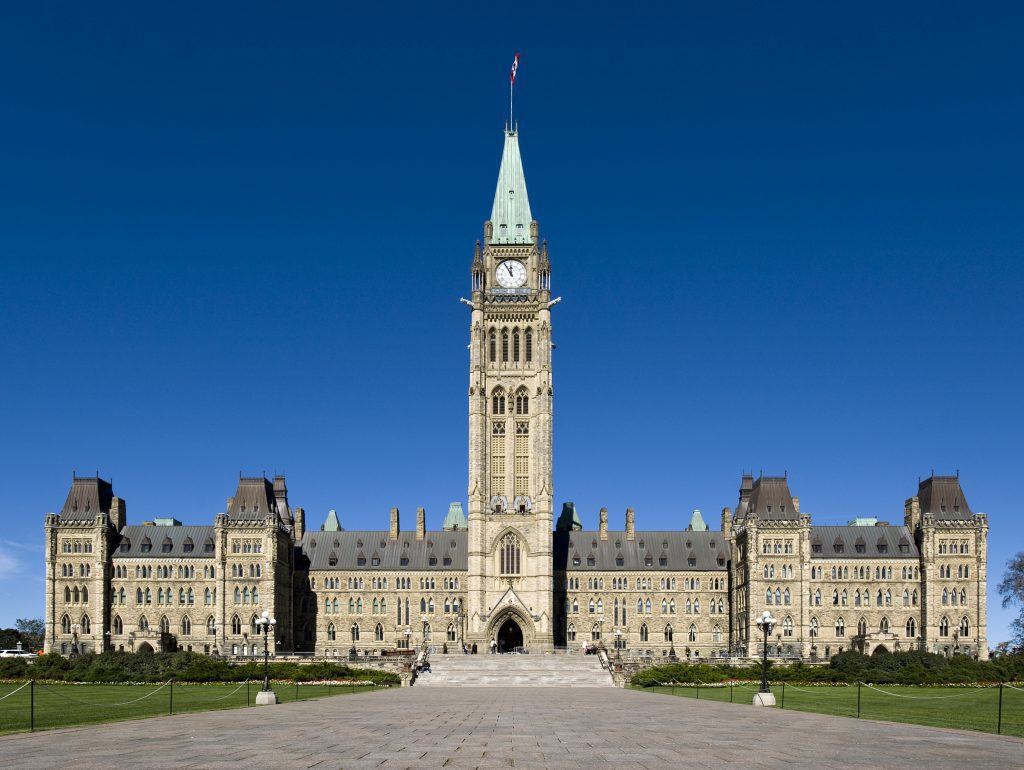This is a guest blog by Jonathan Lo, MBA, Vice President and Portfolio Specialist at AGF Investments Inc., who works on AGF’s North American and International Equity funds. This includes working with the AGF Sustainable Investing Team that manages AGF Global Sustainable Growth Equity Fund, one of Canada’s first thematic funds which is focused on investing in companies that offer solutions to the sustainable issues in the world today. AGF’s Sustainable Investing Team employs an impact investing approach – looking for companies that offer environmental solutions and can generate a positive environmental or social impact, along with a financial return on investment.
Wayne Gretzky, who holds 61 records in the National Hockey League (NHL) and has nearly 1,000 more points than the next-highest scorer in NHL history, used to say that the secret to his success was that he “skates to where the puck is going, not where it has been.” This RRSP season, investors would be well-served to remember that principle when allocating their RRSP contributions.
So where is the puck going, as it pertains to the investment environment? Over the near term, it’s not clear. 2016 began with substantial volatility in equity markets, as investors and policymakers alike grapple with conflicting macroeconomic data – some of which suggests that the world is heading for a recession, while other data suggests that economic growth will continue to persist.
However, over the long term, it is much clearer where the puck is going. At the recent climate change conference in Paris, 195 countries agreed to a long-term framework towards a lower carbon world. The signatories agreed to set emissions-reduction targets, to be reviewed every five years, as well as a number of other individual initiatives meant to reduce dependence on fossil fuels and support clean-energy technology.
The implications of this historic agreement are far reaching and will be felt for many years to come. Since current emissions pledges remain insufficient to meet the world’s ‘2°Celsius of global warming’ goal, pressure on carbon emitters stands to increase, not decrease, from where it is today.
In the years to come, there is likely to be increased environmental scrutiny, reviews of existing subsidies, and potentially additional costs. Meanwhile, companies that are helping rather than hurting – delivering innovative solutions to the world’s sustainability issues – can expect to see both policy and investment decisions turn in their favour over time as more attention is focused on the issue.
Some of that is already occurring. For example, energy efficiency is already a universal aspiration – whether you care about the environment or if you just want to save costs. In the lighting industry, the only segment seeing growth is LED lighting, while traditional, less energy-efficient forms of lighting are declining and losing market share. In the housing sector, one of better growth areas has been insulation, which has improved energy efficiency of homes.
So where is the puck going? Clearly, over longer time horizons, towards a lower carbon world. Therefore, for long-term investors it may be a worthwhile strategy to begin to evaluate investment decisions with that framework in mind.







